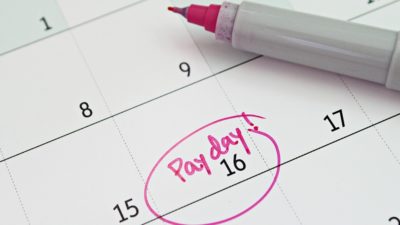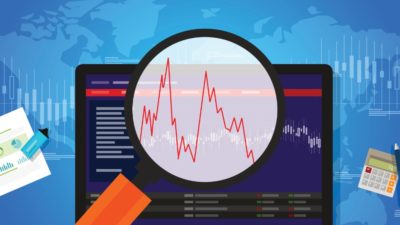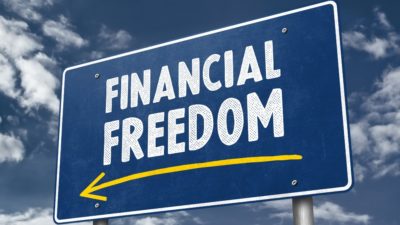The federal government didn’t take long to realize that Canadians would need more weeks to claim recovery benefits. Prime Minister Justin Trudeau himself admits that the pandemic’s end game is nowhere near. Hence, his administration announced on February 18, 2021, the extension of the Canada Recovery Benefit (CRB) and Employment Insurance (EI) benefits.
The government’s news release read, “As some workers could begin to exhaust their benefits in late March, this increase would ensure continued support as Canada’s economy and labor force recovers.” Trudeau’s objective is clear. By extending the available weeks for the critical benefits, affected workers and their families will have certainty in these trying times.
Employment Insurance
The EI system was retooled and restarted immediately following the Canada Emergency Response Benefits (CERB) in late September 2020. Before the 2021 changes, eligible recipients can EI from 14 weeks up to 45 weeks. The benefit amount depends on the unemployment rate per region. Hence, the maximum could reach $595 per week.
This time, the claim period stretches up to a maximum of 50 weeks. The amount will not change, although the actual proceeds are still net of the 10% withholding tax. Service Canada administers the EI program.
CRB
CRB is the direct replacement of CERB and is for employed or self-employed Canadians who don’t qualify for EI benefits. The Canada Revenue Agency (CRA) is the program’s administrator. If you meet the eligibility criteria, the income support is $1,000 ($900 after taxes) every two weeks.
Since the extension is for an additional 12 weeks, there’ll be 19 eligibility periods or 38 weeks total. For those who will qualify for the entire length, the maximum CRB could reach $19,000 instead of $13,000. CERB paid a total of $14,000.
Popular in the pandemic
Canadians who are saving, not spending their pandemic money, have a way to make the cash work and earn extra. Investing in a high-yield real estate investment trust (REIT) like the NorthWest Healthcare Properties (TSX:NWH.UN) can increase your disposable income in a prolonged recession.
The $2.2 billion REIT pays a handsome 6.38% dividend. Assuming your available Tax-Free Savings Account (TFSA) contribution room this year is $20,000, you can generate $1,276 in tax-free passive income. NorthWest Healthcare is popular with income investors during the pandemic due to its resilient business model and solid tenant base.
NorthWest Healthcare’s real estate portfolio consists of hospitals, medical office buildings, and clinics. Since its tenants or partners are leading healthcare operators worldwide, rent-collection rate and occupancy rates are perennially in the high 98% range. Thus, cash flows should be stable and recurring. You’ll receive an uninterrupted income stream like a true landlord.
CRCB and CRSB extensions
The Canada Recovery Caregiving Benefit (CRCB) and Canada Recovery Sick Benefit (CRSB) have extensions too. CRCB (38 weeks max) is for employed and self-employed individuals who can’t work because of caregiving duties to a child below 12 or a family member.
Canadians who are sick or in isolation due to COVID-19 could be eligible for the CRSB (four weeks). The benefit amount for both is $450, net of withholding tax, per week. Claims for all programs must be between September 27, 2020, and September 25, 2021.








